FemGen—A Conversation With Ana María Caballero
Leading Women In Web3 Interview Series
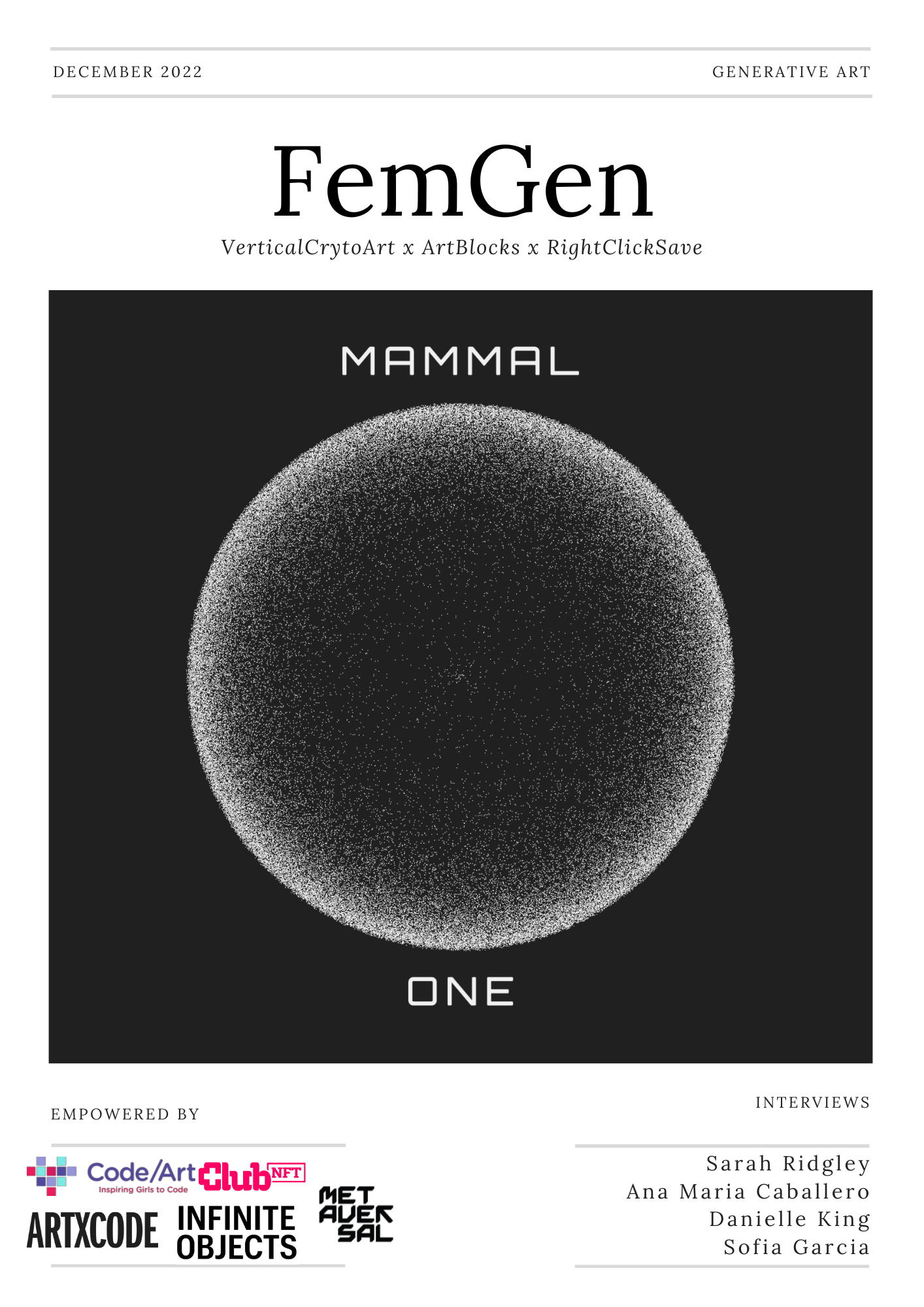
Author Design + Ana María Caballero: Mammal One
FemGen, a one-day event & exhibition, was held on 3rd December 2022 during Art Basel Miami highlighting artists identifying as women amongst the generative art and creative coding community.
Ana Maria Caballero is a first-generation Colombian-American poet and artist. Widely recognized as a web3 poetry pioneer, her work with poetry on the blockchain has been featured in publications such as Right Click Save, Forbes, Entrepreneur, and Elle UK. Believing that poems are works of art, she cofounded literary gallery theVERSEverse and is the recipient of the Beverly International Prize, Colombia’s José Manuel Arango National Poetry Prize, and a Sevens Foundation Grant.
Her work has been widely published and exhibited internationally including the FemGen presentation of the MAMMAL ONE poem with visuals coded in p5js. As an artist innovator at the vanguard of web3, poetry, and generative art her insights are invaluable in cultivating the presence, impact and unlimited potential of women in the space.
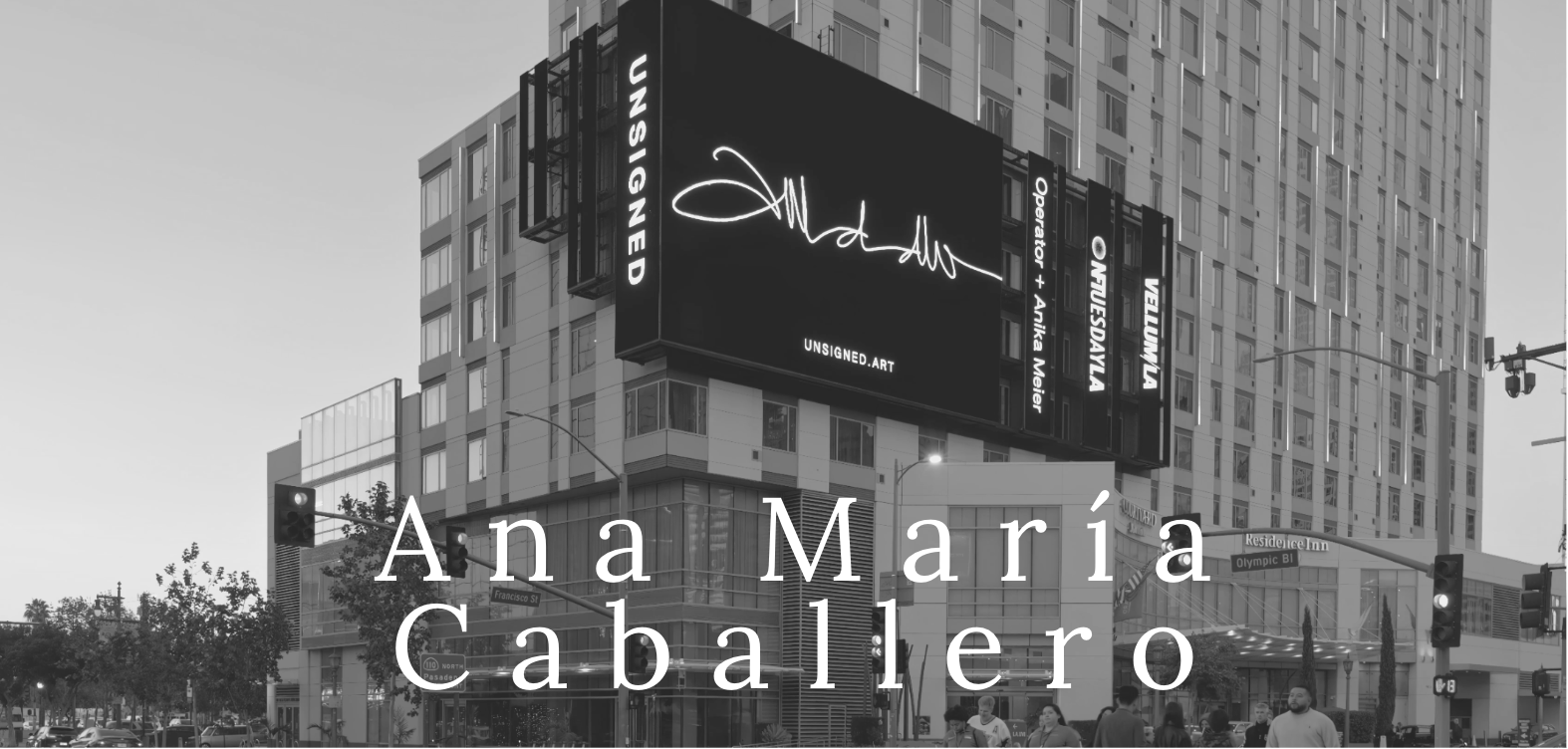
Operator + Ana María Caballero: Unsigned
Apart from your own work, what at FemGen most resonated with you? And why?
I love Sarah Ridgley’s work, which invokes elements of play and craft that resonate deeply. These values are facets I aim to incorporate in my own practice as well. Connie Bakshi’s work is very moving, sharing a soulfulness that is uniquely hers. Additionally, I loved Molly Apop’s piece, which I actually collected at FemGen!
What inspired you to start to code? Who were your role models and/or teachers?
I took my first steps in coding thanks to the VCA Residency: especially the hands-on tutorials. I was lucky enough to make a friend at the Residency, Anna Lucia, who is a great coder. She pointed me to resources like “The Coding Train” Youtube Channel by Daniel Schiffman. I began playing around with code and realized I could use it to turn ideas into artworks. How surprised I was to discover this was within my reach! I’m an entry level coder, so to bring an idea and concept to fruition, I lean on so many resources and partnerships.
For instance, Raphaël de Courville’s tutorials are invaluable (these are available for all to watch on the VCA Residency’s youtube channel). My fxhash project collaborator — Heiroglyphica — is also an absolutely wonderful source of knowledge and a natural teacher. With a good idea, time, and devotion, coding is possible for anyone.
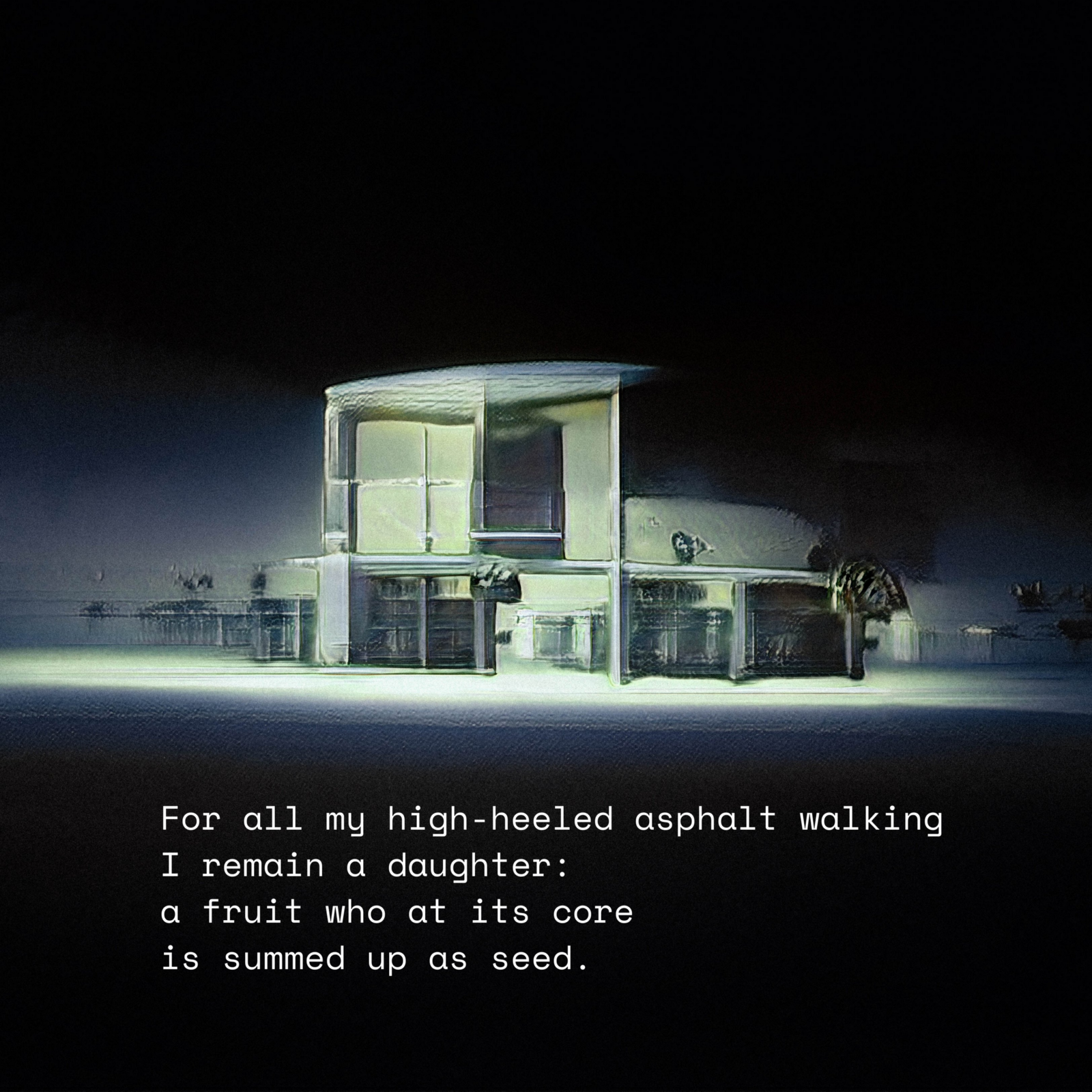
City Life 6 by Ana Maria Caballero and Ivona Tau
How would you characterise FemGen’s mission?
FemGen’s mission is to truly elevate women artists who involve code in their practice and to expand on what code means. I love that Micol and Alex included poets such as Kalen Iwamoto, Sasha Stiles, and myself in their curation; broadening viewpoints by including other practices is a fantastic approach. This movement is only just getting started, and its significance will become brighter and clearer as time passes. FemGen has planted a flag on a newly discovered moon, but we still haven’t realized how vast this moon is, how deep its craters reach. The artists in the show have so much more to give. Iskra Velitchkova and Ivona Tau, for instance, create pieces that are always moving, intelligent and unique in their manifestation.
What would need to be true for this vision to be realised in future? What might stand in its way?
It’s a matter of iteration and re-iteration. We understand certain things via repetition. Messages must be delivered over and over until they crystallize. A lot of exhibitions and events are designed to be ephemeral, which can be a shame. However, I don’t doubt the teams at VCA and Right Click Save will inspire others in the ecosystem by rigorously putting forth FemGen’s mission time and time again. This will guarantee FemGen’s place in history and its impact.
I’d love to see these same artworks from Miami exhibited somewhere else, for example. It would be amazing to continue the conversations started in Miami in different settings, connecting more people with this beautiful collection. The idea of the travelling show is not new and is effective for a reason. Museums often share exhibitions, introducing communities around the world to themes that shift social consciousness.
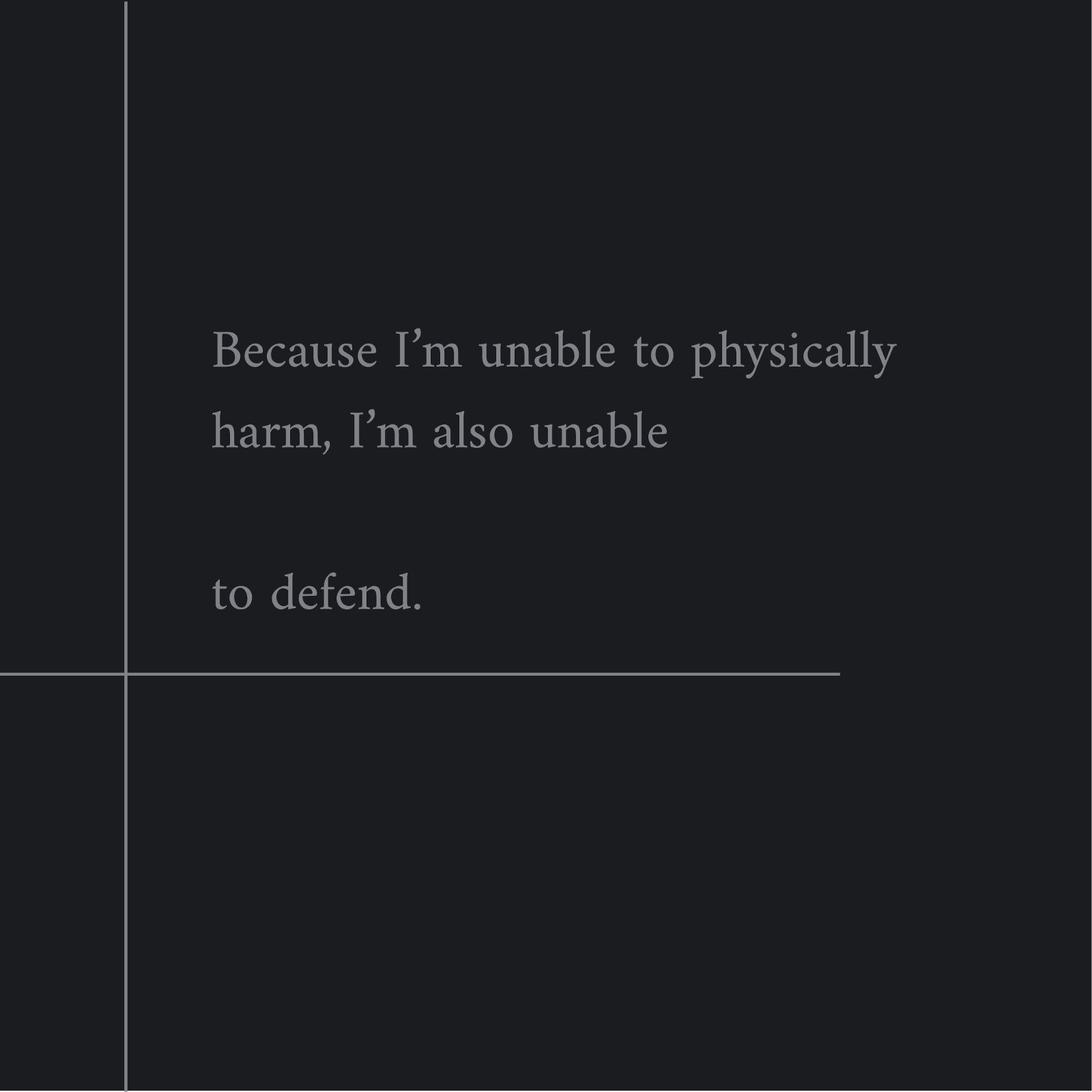
What are your techniques for overcoming creative blocks and learning to code?
I don’t limit my artworks to my knowledge. My poem for FemGen presents an unexpected take on pregnancy and maternity. For the accompanying visuals, I wanted to evoke different manifestations of circularity, which could be construed as representative of time, entrapment, repetition, and inevitability on a symbolic level. Of course, circularity is also evocative of the biological side to pregnancy — the egg, the replication of the zygote, the swelling of the belly. So I embarked on a number of tutorials on different iterations of circles. Planets, time, circles replicating, circles forming, un-forming and reforming. My approach is to ask: what do I want to do? Then, what are the resources? First comes the poem. The reading, the code, the visuals are all there to support the poem.
Congratulations on your success as a pioneer and leader for Poetry in NFTs, as well as publishing TRYST (a digital short story collection on ETH). As founder of theVERSEverse, what does this success/recognition say about our collective recognition and appreciation of poetry in the artistic pantheon (measured in monetisation or otherwise)?
I believe that part of theVERSEverse’s success lies in our ability to convey a very clear message: poem = work of art. Why are poems not exhibited and collected as art? Why aren’t poems typically in museums? Why aren’t poems in major art collections? Why are poems not transacted? These are straightforward questions. People have understood these questions, resonated with them, and joined in asking them.
Though poetry is revered, this reverence hasn’t translated into currency, or into agency. Being able to change this feels exciting even for people who haven’t been directly involved with poetry in the past. I also think that new thinking finds fertile ground in the web3 community. We are blessed with a fascinating and collaborative community, where fresh ideas are valued and embraced. There’s a real desire to support visions that come from a good place, especially if they are delivered in clear, earnest ways.
My own work also tends to be very straightforward. When we embellish and over-adorn language, it’s often because we’re afraid of sitting with our emotions. My poetry is rooted in the deeply personal details of my day. Our desires, regrets, quests for purpose are inseparable from the logistics of living. We rip envelopes, answer emails, towel children, boil eggs, all while pondering the ultimate meaning of our existence. I believe that only brutally honest writing can be relatable–much less universal. Much of my most recent work explores how biology determines heteronormative societal rites, ripping the veil off romanticized motherhood — particularly notions that package female sacrifice as virtue. I like to employ rhyme, which, in conversational texts, becomes a marked departure from our normal speech patterns and has the power to add intention, play, and subversion to a text. I think that the element of play welcomes readers. People who perhaps were intimidated by poetry at some stage of their life feel at home in my often simple and playful poems.
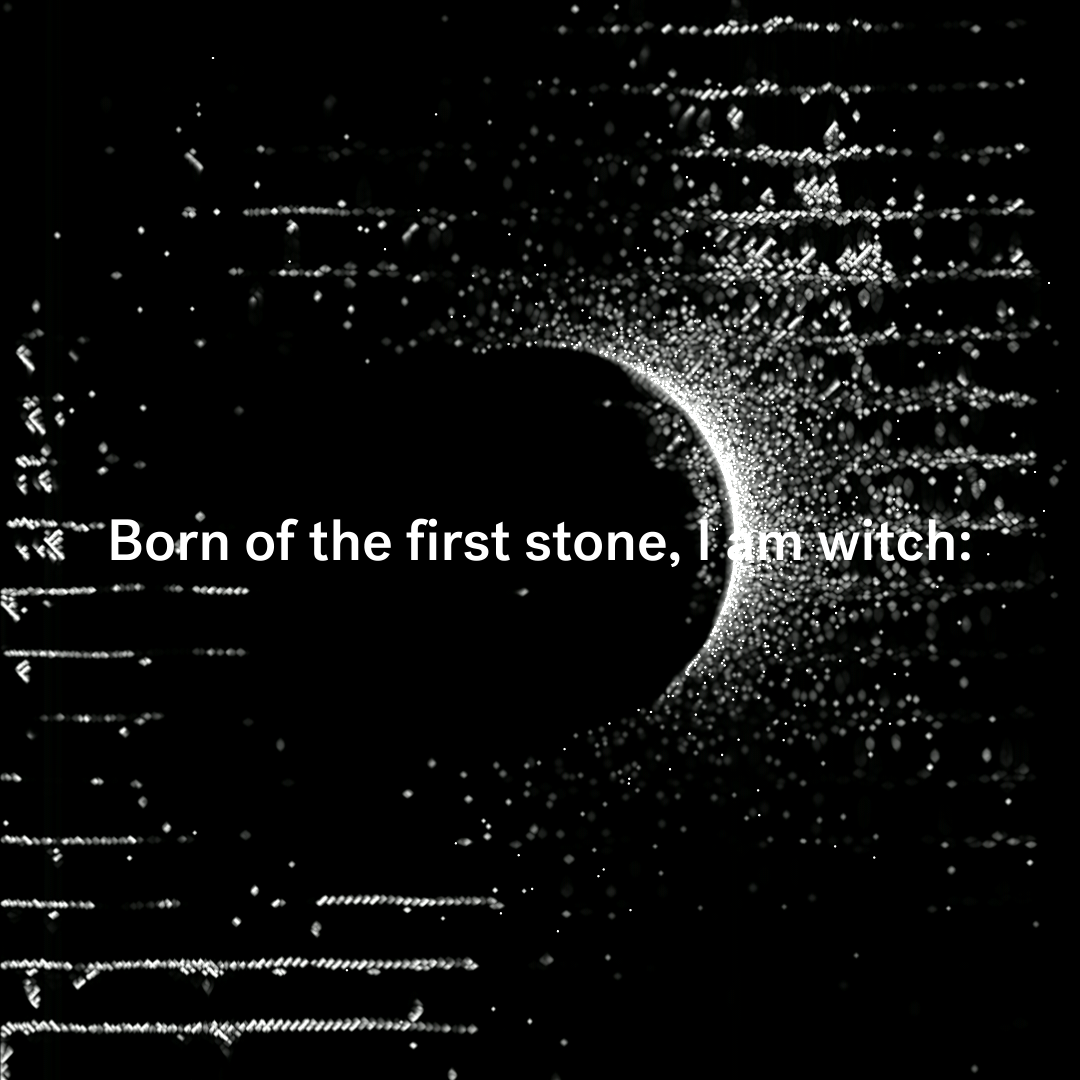
The Public, by Joëlle Snaith and Ana Maria Caballero
You spoke in the ON CO-CREATION IN WEB3 panel talk at FEMGEN. What were your key takeaways and insights?
We are always in collaboration, even when we are working alone. John Donne wrote “no man is an island” and that rings true especially when we consider all the influences, tools, technologies, and processes we lean on to create. Intertextuality weighs heavily in my own work, which has turned me into a very slow reader. I stop regularly to write scraps of verse inspired by what I’m reading.
I think there is a lack of understanding in what co-creation means. Perhaps we are not used to seeing it. Literary collaboration (outside of academic papers) especially is new, very few authors co-write high-brow literature. That’s beginning to change, with some literary journals now offering collaborative categories. Two of my former professors Denise Duhamel and Julie Marie Wade wrote a book together called “The Unrhymables: Collaborations in Prose”.
I collaborate often, and it’s wonderful because it invites surprise, which can yield dazzling results. My collaborations with Joëlle Snaith for instance have resulted in works that are magical because we welded our practices together. We value and respect our contributions equally. What’s more, we get to then share the results of our efforts together, in community, which adds to the creative experience as well.
Would love your take on how artists might think about teaming up with others in the space, the virtues and pitfalls of that enterprise especially.
First, it helps to have an open mentality if and when you are approached. Most of the collaborations I’ve done resulted from artists reaching out to mẹ. You also want to collaborate with someone with whom you have an affinity. Energy doesn’t lie. Listen to it. I like to build warm relationships with the people with whom I collaborate. When this doesn’t happen it blocks the creative process and can be a sign to step away.
Also, if you can, it’s very rewarding to collect the work of other artists. Most of what I’ve earned via sales I’ve put back into the community by collecting other’s work. I believe that collecting the art we want to see in the world is important. A case in point is the Unsigned project by Operator and Anika Meier, which I believe to be truly important and affordable in terms of its relevance.
You are an avid collector across the ecosystem: What do you look for in the art you collect? Which are your favourite pieces and why do they inspire/move you? How might an upcoming artist position themselves to delight potential collectors, fans, and provoke positive change in the world?
I respect people who fearlessly, shamelessly, and thoughtfully put their work out in the world. It takes a lot of courage to create, and more so to share what we make with the world. I used to be terrified of doing this, but I guess I got too old to not be brave. There needs to be soul, heart, and craft. Play is important, too. When art is too cerebral it becomes hard for me to connect with it. Part of VCA’s contribution to the space radiates from Micol’s endlessly generous heart. I put my own heart into theVERSEverse. When there is heart in artworks, others can feel and connect with this energy. It’s quite powerful.
Ana María Caballero: twitter | website
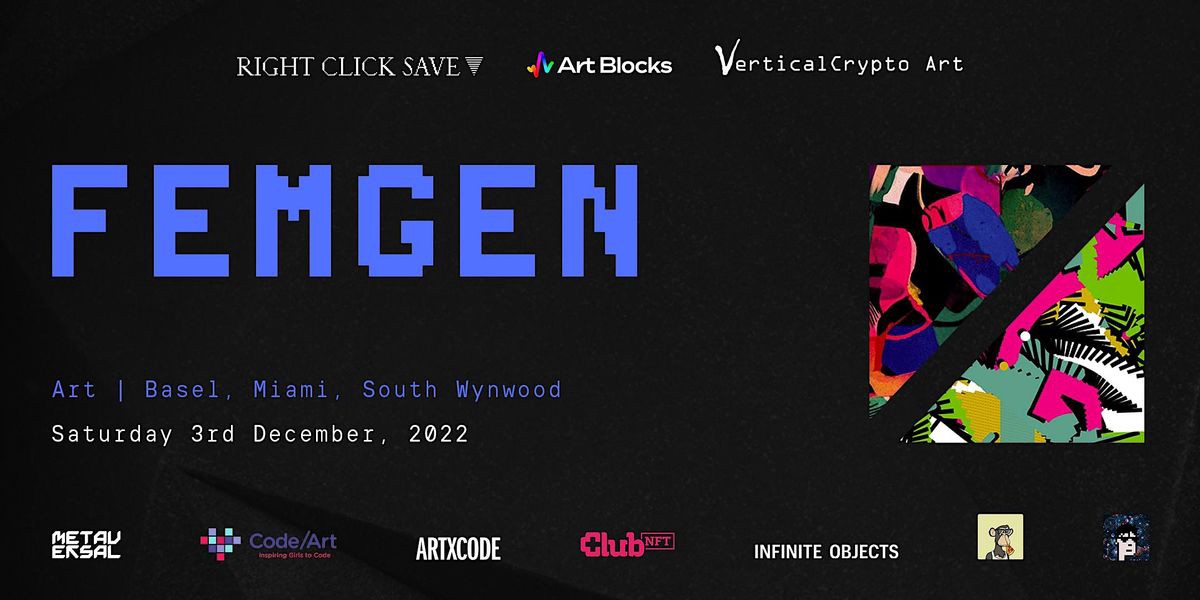
Papa — linktr.ee/papajams

